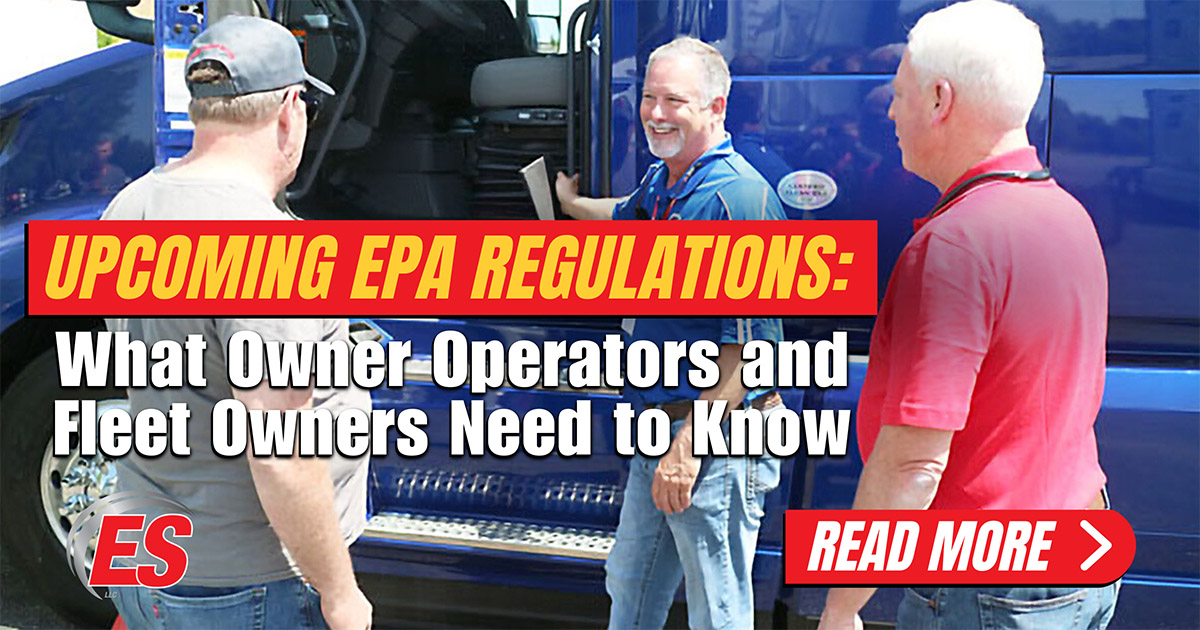Spotlight News
The Environmental Protection Agency (EPA) has announced new regulations aimed at reducing greenhouse gas (GHG) emissions from medium and heavy-duty trucks. With Phase 3 set to roll out in 2027, having a clear understanding of what is changing and how it will impact the industry can help you better prepare. While the rollout is for 2027 truck models, we are only about a year and a half away from that order time, so getting ahead of the curve could save money and reduce the stress of trying to navigate the truck market in the coming months.

Key Changes
Gradual Implementation: While the regulations start in 2027, there will be a phased approach, with full compliance required by 2030, giving companies time to transition their fleets.
Stricter Emissions Standards: New trucks must meet tougher limits on nitrogen oxides (NOx) and carbon dioxide (CO₂) emissions. This will require advanced technologies, such as enhanced engine systems and cleaner fuel options.
Enhanced Testing Procedures: The EPA will implement more rigorous, real-world emissions testing for new vehicles, ensuring compliance beyond just laboratory conditions.
Incentives for Low-Emission Technologies: Companies investing in electric trucks and other low-emission vehicles will benefit from financial incentives, making it a cost-effective choice in the long run.
Expected Market Impact
The upcoming changes are poised to significantly impact the truck market, primarily through increased costs and availability of new trucks and late model used trucks. This is largely due to the necessity for advanced technologies that are required to meet the stricter emissions standards.
Manufacturers will need to invest in new designs and components, such as more efficient engines and exhaust systems, which will likely drive up production expenses and, consequently, the prices of new trucks and late model used trucks.
Additionally, the market is expected to continue to face supply chain challenges. As the demand for compliant trucks rises, suppliers may struggle to keep up with the increased need for specific materials and parts that meet the new regulatory requirements. This could lead to delays and bottlenecks in the production process, further complicating the market dynamics and potentially causing shortages or extended lead times for new vehicles similar to what we saw in 2007.
Get Ahead with Expediter Services
One of the biggest advantages ES community members have is collective purchasing power and access through our strategic partnerships. Having worked with organizations like Stoops Freightliner and Dobbs Peterbilt, we have forged relationships that you can access as you build your business or expand your fleet, even in the face of these new challenges.
Get started with Expediter Services today to secure your future in the evolving trucking industry. Contact us now to learn more!
